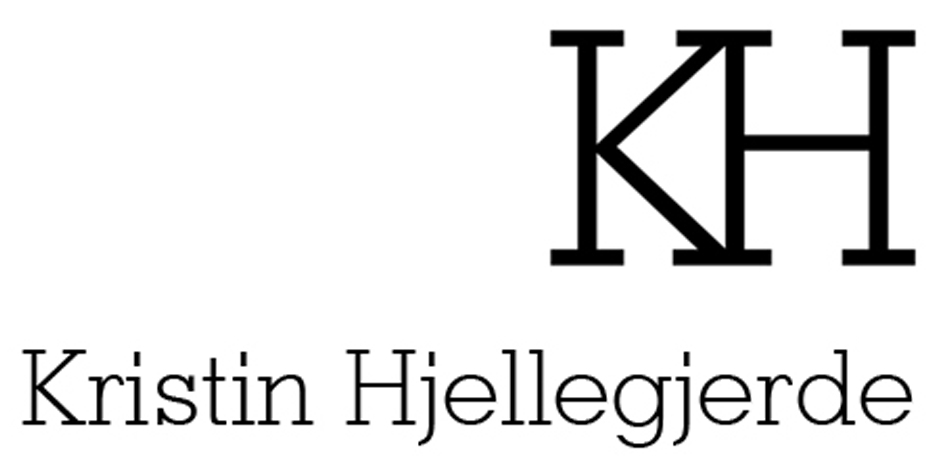Private View: Wednesday, 30th April 2025, 6-8 pm
London (Tower Bridge)
A line of men wearing hats, colourful jackets and brogues stand in a line with their hands clasped or tucked into their trouser pockets. Though they are not touching, we sense in the subtle mirroring of their body language that they belong to a common group, that they are brothers and will stand together whatever happens. This is one in a series of new paintings by the Congolese artist Zemba Luzamba that make up his solo exhibition Angalia Kwa Karibu (Look close) at Kristin Hjellegjerde Gallery, Tower Bridge and that invite us to find meaning and emotion in gestures, clothing and facial expressions. Through carefully constructed scenes, Luzamba examines contemporary forms of self-expression, community and resistance.
Luzamba begins by sketching out his ideas before selecting compositions to paint based on the ways in which they interact with one another to ‘facilitate a particular dialogue’ which for this latest exhibition centered around a feeling of ‘now: the present moment.’ This idea of nowness may appear to be somewhat complicated by the appearance of his figures who are dressed in retro-looking formalwear, but tis mode of dress is specific to the culture that Luzamba is painting as well as to the ideas that he is trying to express.
In the 1960s and 70s a Congolese subculture known as SAPE (the Société des Ambianceurs et des Personnes Élégantes) emerged in response to President Mobutu’s banning of Western-style style suits in favour of the abacost, a lightweight suit which was traditionally worn without a tie. The abacost was seen as the uniform of Mobutu’s supporters, especially those who had benefited from his regime. As such, the wearing of a suit and tie became a symbol of resistance and freedom, and today, it still retains that association for many Congolese people. In this exhibition, the distinctive clothing is paired with the use of Swahili, Luzamba’s native tongue, to title the paintings and further imbue the works with cultural specificity. For instance, the painting in which the men are standing in a line is titled Bakolo tirran, an idiomatic expression that refers to people who have gained a sense of authority and ownership within their neighbourhood through having lived in the community for a long time even though they may not own the land which they inhabit.
Mulambo (black tax 2) refers to the financial burden placed on successful Black individuals who are expected to support family members as a way of paying them back for the care and education they received in childhood. This ‘tax’, though less common now, is often seen as a cultural obligation. In Luzamba’s painting, a hand reaches to pinch a dollar bill from the pocket of a man who gazes out at the viewer with an inscrutable expression. Meanwhile, Mkimbizi (asylum seeker) depicts a man hurrying along the pavement, arms laden with suitcases. This man is what Luzamba refers to as ‘a modern asylum seeker’, someone who has fled their home country not due to conflict or loss, but in order to dodge taxes and accumulate more wealth. In both of these works, as throughout the series, Luzamba passes no judgment, leaving the viewer free to make up their own interpretations.
Elsewhere, in paintings such as Maisha Mapya (new life) and Mwanzo mpya, Luzamba explores the sense of hope that can be found in everyday new beginnings: an egg stands as a traditional symbol of origin and birth, its golden shell suggesting wealth and magic, while the cutting of a rope invokes the ceremonial practice of inauguration. In Pamoja na furah (togetherness) a group of men gather in a circle to drink whiskey as a ritual of celebration, their matching black suits evoking a sense of occasion while again expressing solidarity and community.
These are all scenes that capture moments from contemporary life and within a particular cultural context, but the message they convey is universal: human spirit is defined by resilience, hope and resourcefulness. Whatever the time or the circumstance, we must and will continue to find ways to carve out our own paths and to come together.


